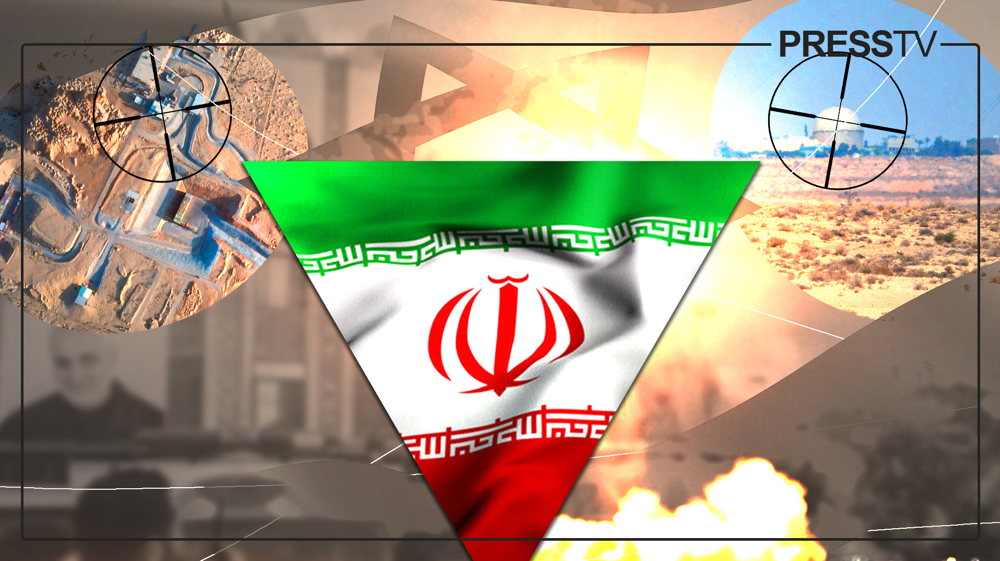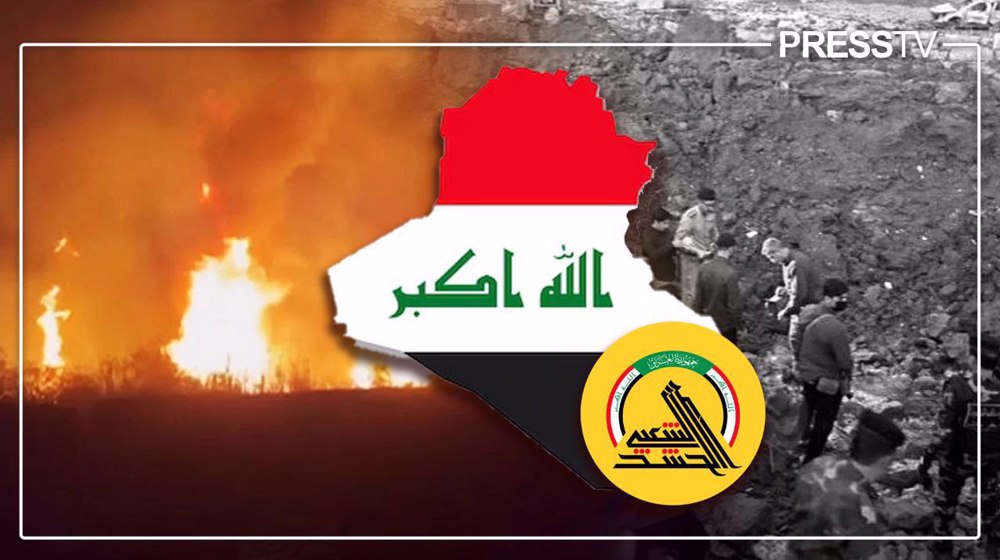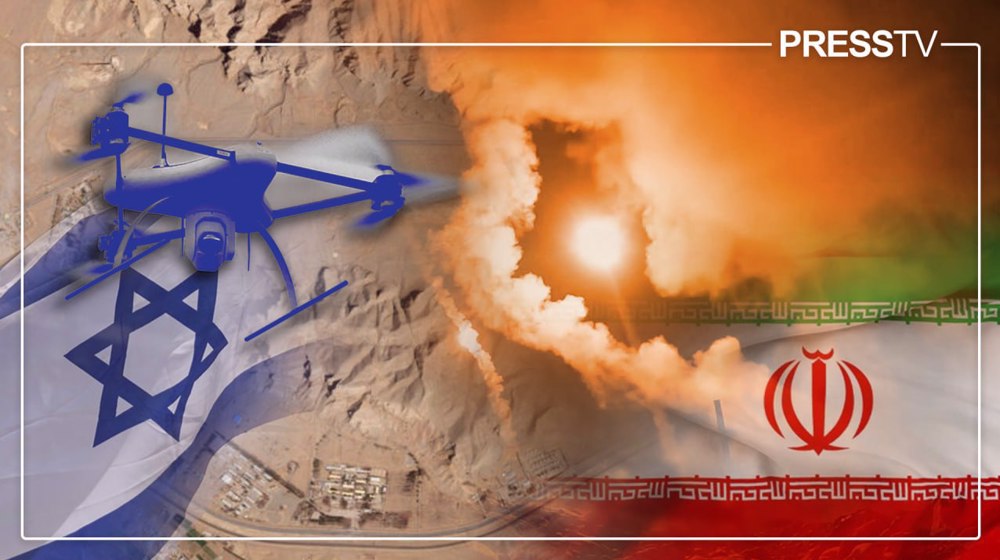Iran’s Chabahar: An amalgamation of opportunities
By:
Munkhnaran Bayarlkhagva (Washington DC) - Research Associate of Global Growth Advisors GGA - strategic consulting firm and leading advisor on business and political strategies. www.globalgrowthadvisors.com
Roozbeh Aliabad (New York/Tehran) - Managing Partner of Global Growth Advisors GGA - strategic consulting firm and leading advisor on business and political strategies. www.globalgrowthadvisors.com
As the international community cheered for the results of marathon talks on Iran’s nuclear program in Lausanne, foreign investors have been preparing their groundwork to get an early foothold in perhaps the last untapped big frontier market, Iran.
Among them, a long overdue program between Iran, India and Afghanistan to develop and trade and logistics hub in Chabahar is one of the most interesting developments that is set to change the geopolitical and economic dynamics in the region. Having a free trade zone established in 1995, the port of Chabahar in southeastern Iran was promoted in 2003 by then President Khatami to be an alternative route for India to Afghanistan, only to be shelved due to political tensions for the rest of the 2000s. However, a string of recent developments such as the Indian government’s approval of the framework agreement for $86 million in investments and 10-year renewable lease together with the expected trilateral transit deal between India, Iran and Afghanistan will surely put the city on the world map.
For the Islamic Republic of Iran, Chabahar can serve several strategic and economic purposes. Creating a deep-water and higher-capacity alternative to Bandar-Abbas, which ironically handles 85% of Iran’s shipping but cannot handle ships weighing more than 100 kilo tons causing costly transshipment of certain goods at Abu Dhabi, it is an invaluable asset. It not only circumvents the busy and politically charged straits of Hormuz, but also cements regional cooperation between India and Iran. Despite the traditional ties between the two countries, there is a plenty of room to grow and expand, where increased infrastructure development will serve Iran’s interest in being the shortest route for India’s goods to the European and CIS markets and both countries could cooperate in stabilizing post-ISAF withdrawal Afghanistan.
India’s growing economy badly needs both Iran’s and Afghanistan’s natural resources. Not only is India seeking to solidify Iran as an access point to Afghanistan but it wants to escape Pakistan’s geography in its relationship with Afghanistan. In fact, back in 2011, a consortium led by Steel Authority of India ltd won the rights to Hajigak iron ore in Bamiyan, and in 2012, India sent 100 kilo tons of wheat to Afghanistan through Chabahar despite objections from the United States.
Both Iran and India have been separately developing the land-based infrastructure networks in the form of road and railways that would link Afghanistan to Chabahar. Regardless of whether the political relations remain tense in the subcontinent and armed conflict persists in Afghanistan and Pakistan border areas, the route through Chabahar offers a much safer alternative and opportunity for India to export iron ore from its 2 billion ton iron mine.
For Afghanistan, the year of 2015 is perhaps the riskiest period in its recent national building process, where the withdrawal of ISAF forces and decreasing of international aid puts the country in dire need of alternative sources of revenue. The end of “commodity supercycle” also meant that certain mining projects are no longer viable and the expected investments have diminished significantly. In case the country wants to find sustainable solutions for economic development and greater security on its trade routes, Iran is a natural route to India, which has not only economic but geopolitical interests in the country. For Iran, it is a chance to position itself as part of the solution and increase its position in Afghanistan beyond the supply of electricity and employment of refugees.
By and large, deep-water ports are peculiar and empowering developments that take decades to develop with supporting infrastructure links. However, in today’s 21st century Eurasia, where economies have become ever more integrated, few opportunities have supporting arguments spanning geopolitics, economics, security and simply business strategy. Chabahar has naturally risks associated with it that make further commitments challenging. (Eg. failure for P5+1 nuclear negotiations or insurgency within Sistan-Baluchistan or Afghanistan.) Despite all of that, a successful development of the port will have wide ranging impacts across the spectrum: be it economic empowerment of relatively less developed areas of Iran and Afghanistan, creation of new trade transit routes or re-balancing of regional geopolitics.
MUB/RZ/HJL
Israel intensifies strikes across Gaza on day 200 of genocidal war
China says US still interfering in its affairs despite efforts to stabilize relations
Russia says will intensify strikes on Western weapons storage in Ukraine
‘200 days of livestreamed genocide’: Netizens react as Gaza war marks 200 days
Confirmed: Iran’s star striker Mehdi Taremi joining Italian champions Inter Milan
Google fires more employees over anti-Israel protests
Iran set to build more nuclear power plants: AEOI chief
'Iran’s True Promise ushers in new era for region; strategic implications felt across globe'










 This makes it easy to access the Press TV website
This makes it easy to access the Press TV website